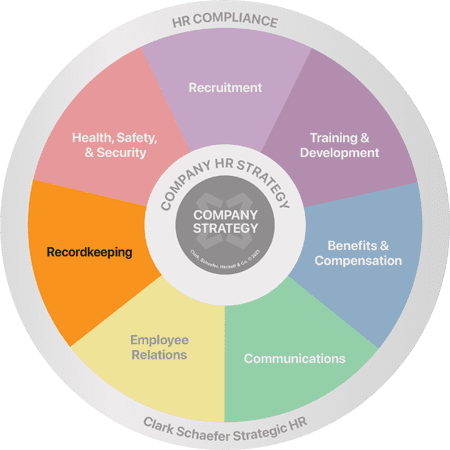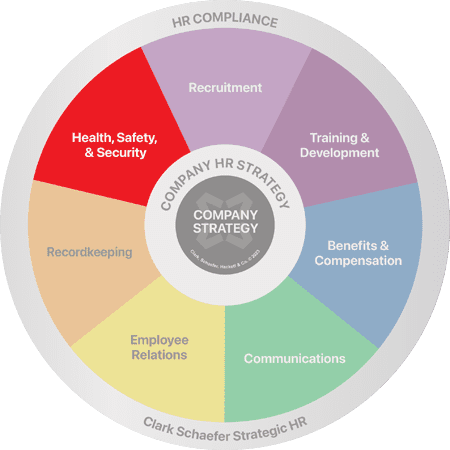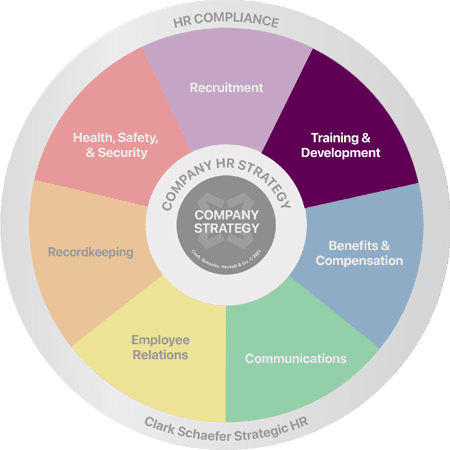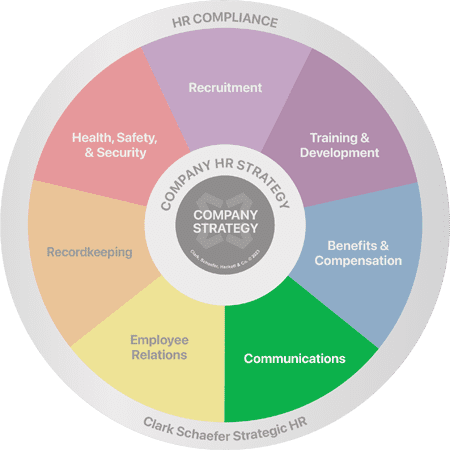Posts
Conflict Management Strategies To Help Employees Work Together
Last Updatedin Employee Relations, Videos Question of the Week, Video
What Questions Should I Ask During An Exit Interview?
Last Updatedin Employee Relations Question of the Week
Six Key Leadership Attributes for Your Leadership Development Plan
Last Updatedin HR Strategy Question of the Week
How Can I Support Employee Well-Being Beyond the EAP?
Last Updatedin Employee Relations, Health, Safety & Security Question of the Week
How Can HR Play a Strategic Role in My Organization?
Last Updatedin HR Strategy Question of the Week
How Can I Get My Team More Engaged in Training?
Last Updatedin Training & Development Question of the Week
New Manager Training Topics You Can’t Afford to Skip
Last Updatedin Training & Development Question of the Week
How Can I Prevent Tension Between My Remote Team and On-Site Team?
Last Updatedin Communications Question of the Week
Four Inclusive Decision-Making Principles
Last Updatedin Training & Development Question of the Week
Are You Ready For These Top HR Trends in 2024?
Last Updatedin HR Strategy Question of the Week
Understanding the Importance of Organizational Analysis
Last Updatedin HR Strategy Question of the Week
5 Key Points To Use Assessments in the Employee Life Cycle
Last Updatedin Employee Relations, HR Strategy Question of the Week
How Can We Make DE&I Programs More Effective?
Last Updatedin Employee Relations Question of the Week
How will AI impact the Human Resources function?
Last Updatedin HR Strategy Question of the Week
What Are The Benefits of Providing a Mentoring Program?
Last Updatedin Training & Development Question of the Week
What Are Stay Interviews and What Questions Should I Ask?
Last Updatedin Communications Question of the Week
HR’s Role During An Economic Crisis
Last Updatedin HR Strategy Question of the Week
How Can You Teach a Manager to be a Good Listener?
Last Updatedin Communications Question of the Week
How to Develop a Strategic Plan for Your Business
Last Updatedin HR Strategy Question of the Week
Leader vs. Manager
Last Updatedin HR Strategy Question of the Week
What is HR’s Role in the Mergers & Acquisitions Process?
Last Updatedin HR Strategy Question of the Week
Tips For How To Have Difficult Conversations With Employees
Last Updatedin Communications Question of the Week
How Can I Prevent Unethical Behavior On My Team?
Last Updatedin HR Compliance Question of the Week
Strategies for Managing Change in Your Organization
Last Updatedin HR Strategy Question of the Week
The ABC’s of Diversity, Equity, and Inclusion (DE&I)
Last Updatedin HR Strategy Question of the Week
Systemic Racism: How Can I Fight It?
Last Updatedin HR Strategy Question of the Week
How to Tackle the Challenges of Scaling a Business
Last Updatedin HR Strategy Question of the Week
Delegation – But I Don’t Want to Give Up Control!
Last Updatedin Employee Relations Question of the Week
Contact Us
Clark Schaefer Strategic HR
10856 Reed Hartman Hwy
Suite 225
Cincinnati, OH 45242

Clark Schaefer Strategic HR is recognized by SHRM to offer Professional Development Credits (PDCs) for SHRM-CP® or SHRM-SCP® recertification activities.
The information provided on this website does not, and is not intended to, constitute legal advice; instead, all information, content, and materials available on this site are for general informational purposes only. Readers of this website should contact their attorney to obtain advice about their particular situation and relevant jurisdiction. This website contains links to other third-party websites. These links are only for the convenience of the reader, user or browser; Strategic HR does not recommend or endorse the contents of the third-party sites.






